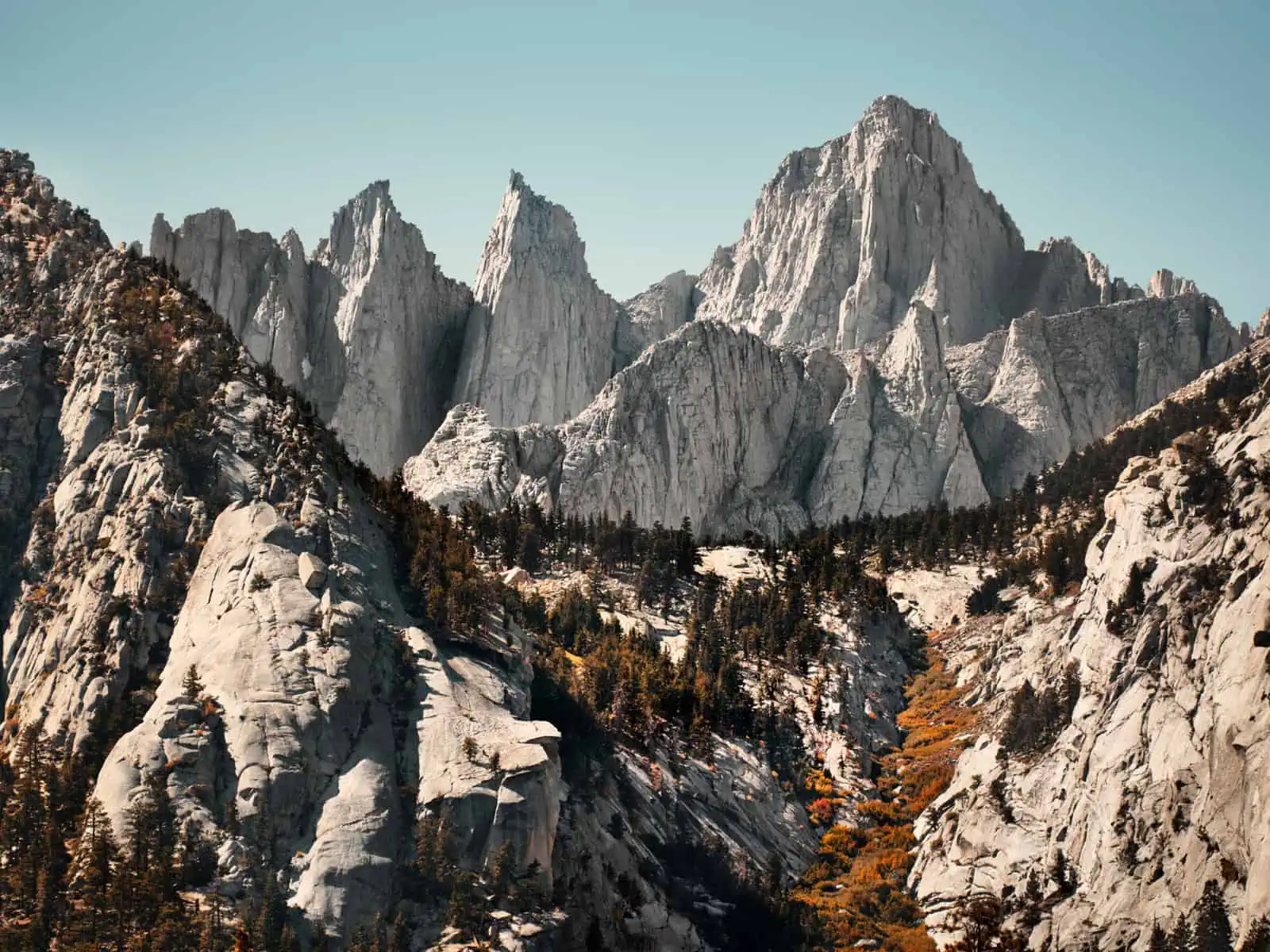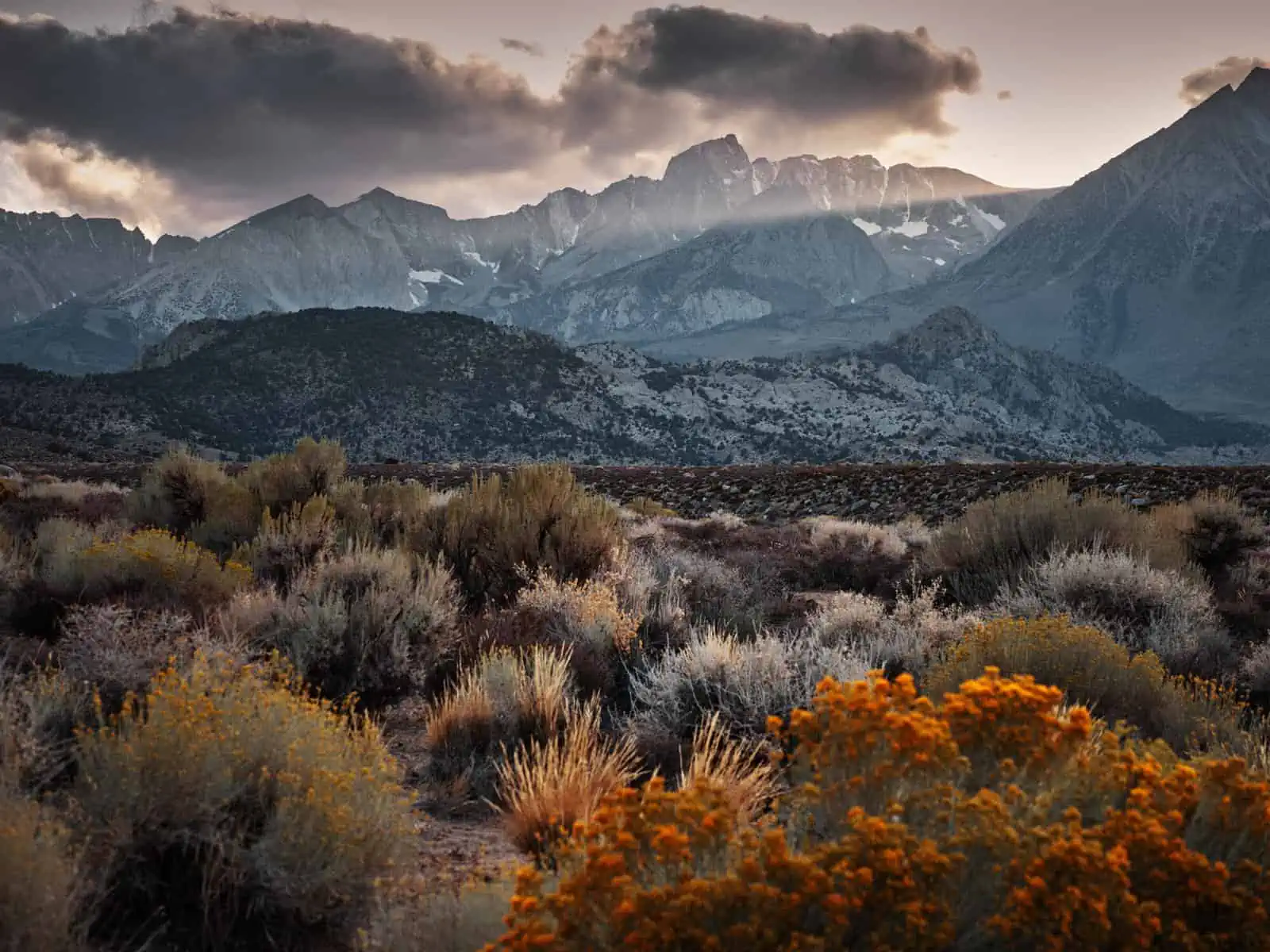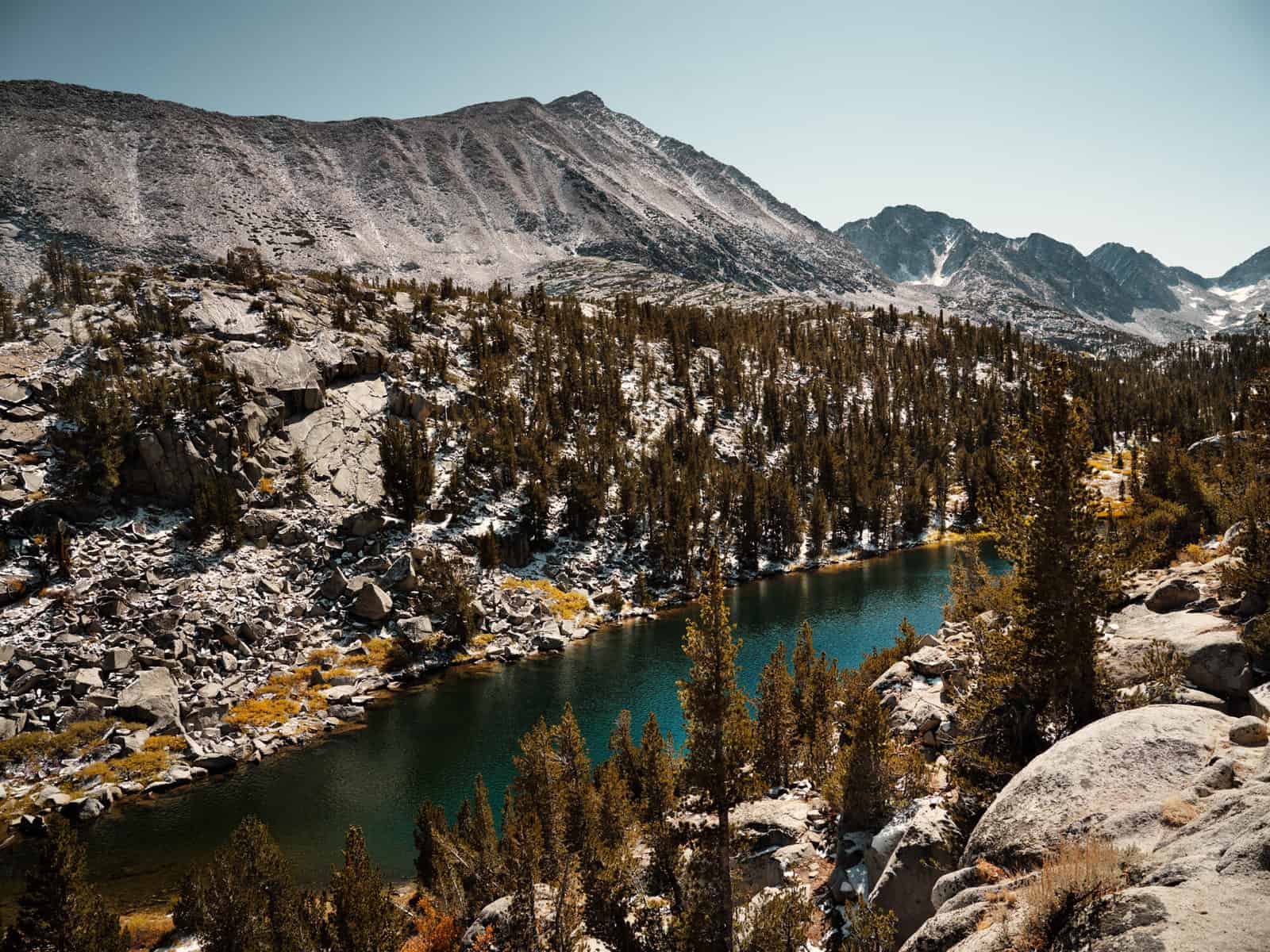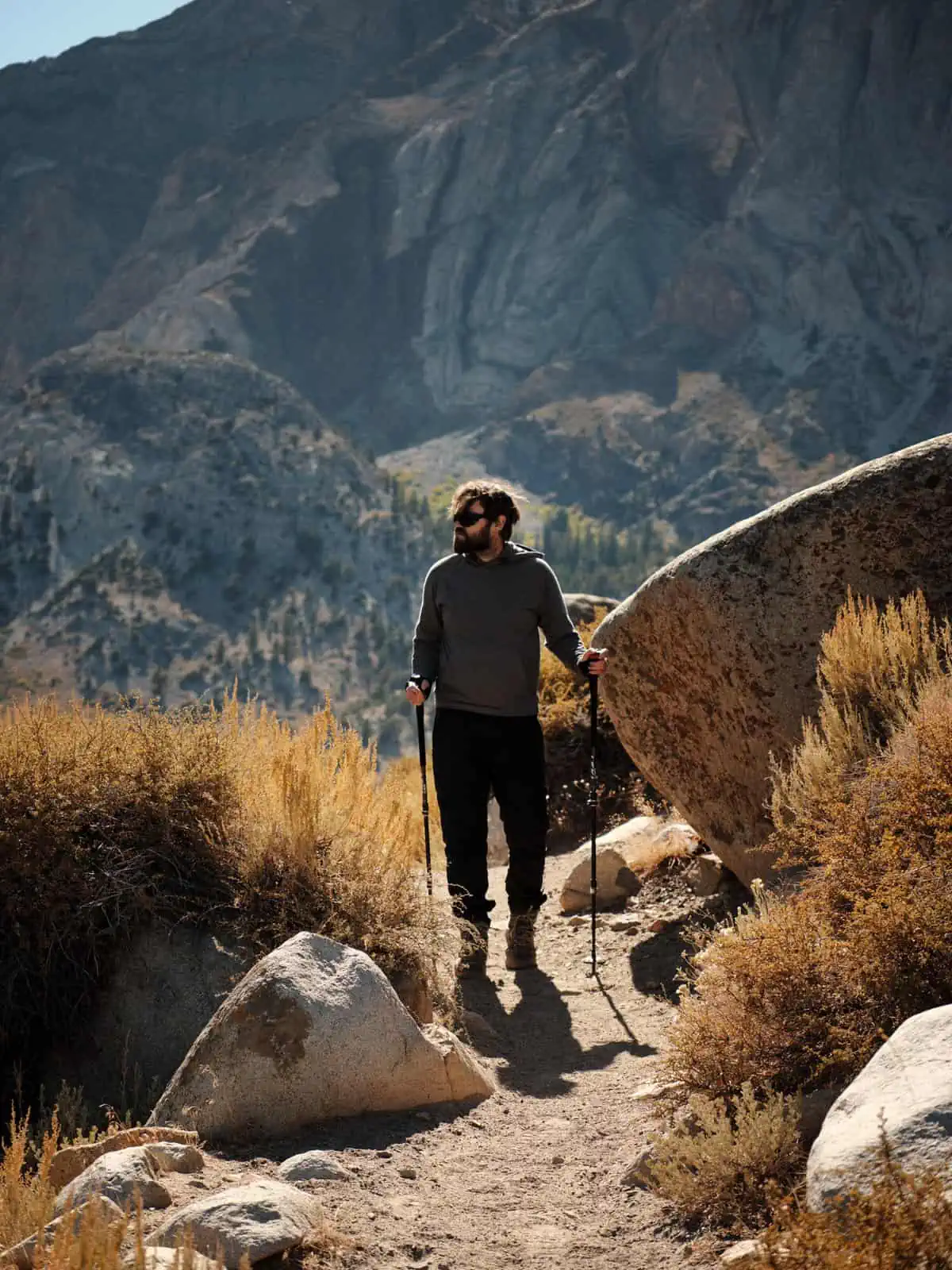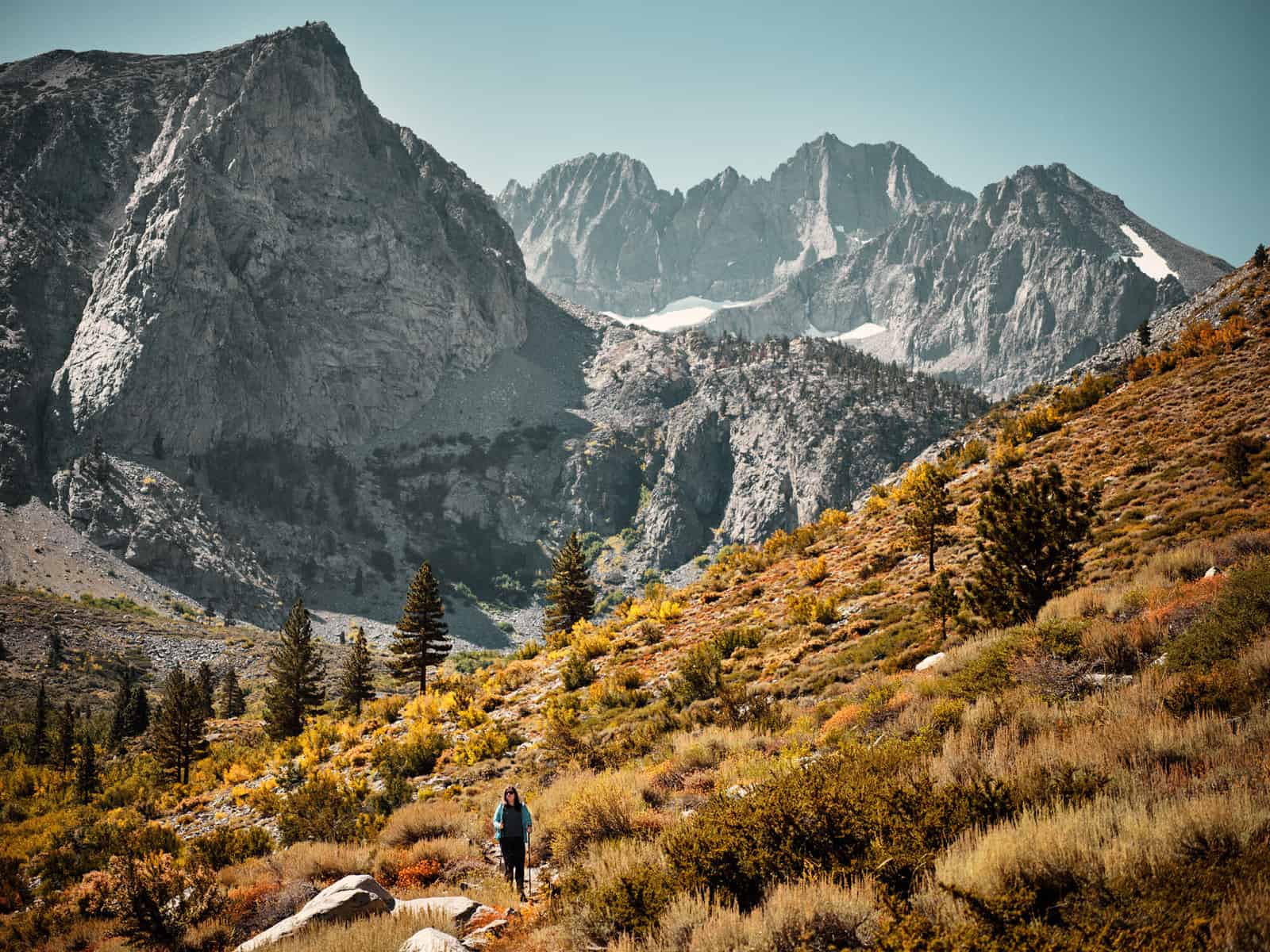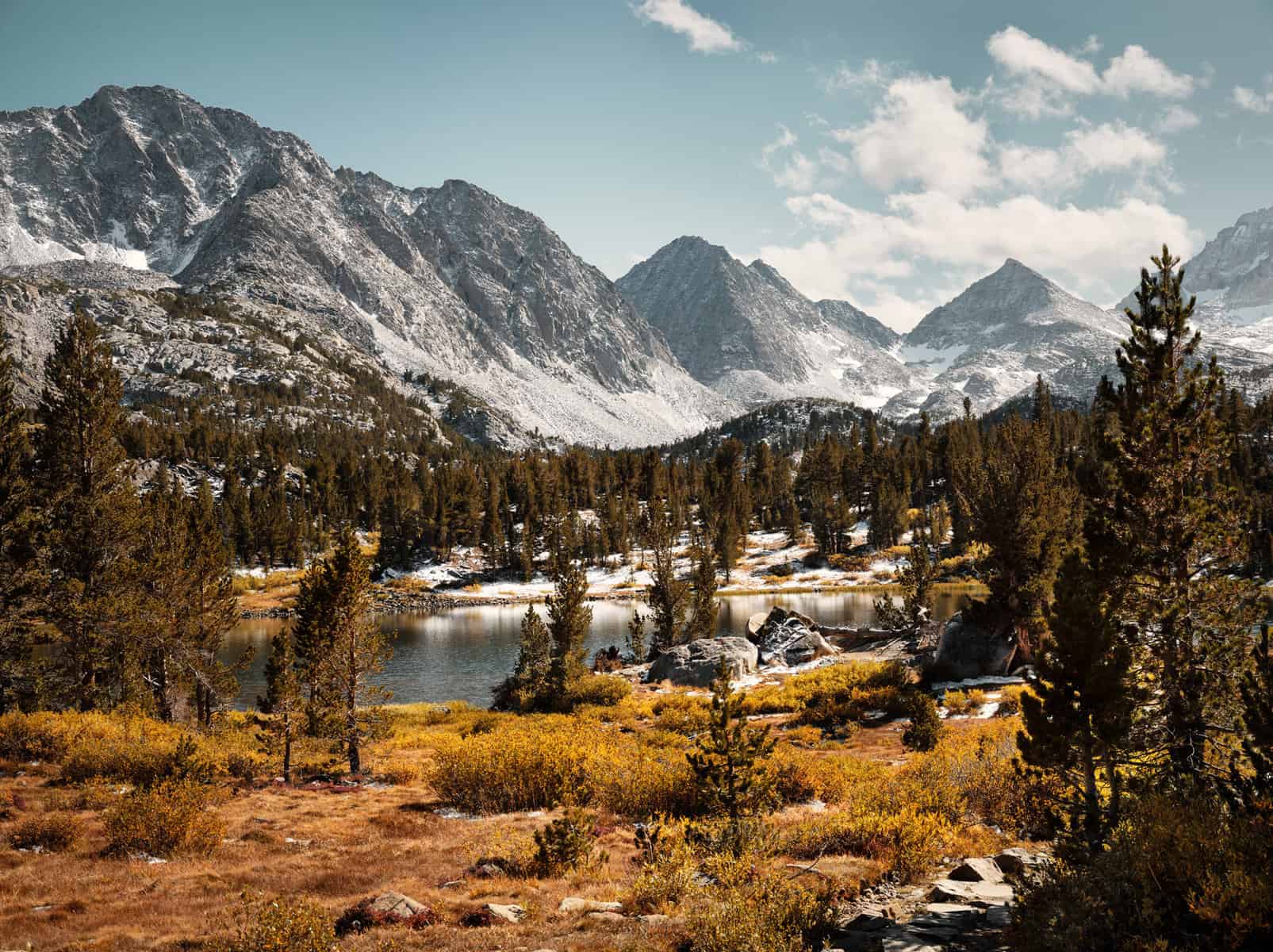Our Summer trips to the Alps have become somewhat of a tradition, and this year we were fortunate to visit Switzerland in partnership with the Jungfraujoch Top of Europe Railway and also Zermatt Tourism. In the same trip we also headed to the Gran Paradiso National Park in northern Italy. One thing all of these places had in common was that they gave us the opportunity to hike and generally spend time at higher altitudes that we were used to.
This was a calculated move and this trip to the Alps was the first step on what we are calling our ‘Altitude Project’. The ultimate plan is that we want to produce a body of work in a high-altitude environment (and yes, that is deliberately vague for now! We will announce the full project in due course). However, whilst we could fast-track our plans for this project, we don’t want to take this approach. It’s not enough for us to simply go somewhere high and experience it – survive it, even. We are photographers first and foremost and ultimately we want to produce the best work we can in a given environment. For us, that means that rather than just enduring an environment, we need to get used to it, work out how it will impact us and therefore be able to enjoy the time we spend there and consequently produce the best images we can whilst there.
Our plan for the ‘Altitude Project’ is to take small steps higher and higher, building our experience as we go. By the time we’re ready to embark on the final ‘Altitude Project’ expedition, we’ll have spent enough time in high, extreme environments to know what to expect, to anticipate the difficulties we’ll encounter and therefore work as efficiently and as best we can.
We wrote about our experiences of training for and experiencing high altitudes in the Alps here and, if you haven’t already read this piece, it would make sense to read through it before continuing with this one.
A few months after our trip to the Alps, another opportunity presented itself, this time in the form of a Trip to the Sierra Nevada in California in partnership with Visit California. The Sierras, along with the neighbouring White Mountains seem relatively unknown to many people we speak to in Europe and this is an enormous shame: they are a truly vast range of mountains beginning a relatively short drive north east of Los Angeles. They are home to several peaks over 4000m, including Mt. Whitney – the tallest mountain in the ‘Lower 48’ states. I won’t go into a great deal of detail about the specific hikes we did in the Sierras in this article – that’s all in the piece linked to above – but suffice it to say the mountains and landscape there are genuinely spectacular and we are hoping to return there soon.
As well as giving us the opportunity to work on a great travel piece, the Sierras also provided a logical next step in our altitude training. In many way, our experience there was a continuation of what we’d started in the Alps a few months earlier, but that doesn’t mean the trip was all plain sailing: We encountered some new challenges and unexpected difficulties along our journey and by the end we really felt we had progressed.
Before we go much further, let’s take a detour to recap a little about why we are doing this at all. What exactly happens as you climb higher and how this can affect you? Basically, as you gain height relative to sea level, the amount of oxygen in the air around you drops and continues to drop the higher you go. Our bodies, of course, need oxygen to function, so when you reduce the amount of it available, your body cannot run as efficiently as it can at sea level. The condition of the tissues in your body being deprived of oxygen is called ‘hypoxia’. Beyond a certain altitude – generally taken as about 8,000m – the level of oxygen is depleted to the point where there is simply not enough to run your body and it basically starts to shut down. To die. The sections of the world’s highest peaks above 8,000m are often referred to as the ‘Death Zone’ for this very reason and climbers ascending up to and above this altitude will often use bottled oxygen to aid their climb.
Hypoxia brings with it a range of symptoms. Generally speaking, you start to feel fatigued as you get higher. You might find yourself quickly out of breath and yawning after a few steps. Climbing a gentle slope might become a massive effort. Beyond the physical side, it can affect you mentally – your judgement and reflexes can seem slowed or numbed. Beyond this, nausea, dizziness, disorientation and even vomiting can set it. In extreme cases, this can develop into High Altitude Cerebal Oedema (HACE), which can prove fatal. Broadly speaking, the higher you go, the worse the symptoms you can expect are. In all cases, the best advice for dealing with altitude sickness is to get to a lower altitude (there are also certain medicines that can help, but this subject is way beyond the scope of this article).
So far, the science is pretty straight-forward: we can accurately predict how oxygen levels fall with altitude and we know the level above which the human body starts to shut down due to lack of oxygen. We also know the symptoms hypoxia can bring on and how to deal with them. However, things get more complex once you start to look at how these conditions effect individuals. Different people will respond to altitude in very different and sometimes unexpected ways. There are many factors at play here including general health, genetics and experience. What’s more, the same individual may respond very differently to altitude at different times. Put simply, whilst the basic scientific facts are all straight forward, how people respond in these situations is varied and ‘messy’ (for example, on an almost super-human level, it’s been shown that the ‘Death Zone’ is not an absolute barrier: Everest was successfully summited without supplemental oxygen in 1978. This was once thought to be physically impossible!).
Altitude training is not culminative. Any physical benefits we develop on a given trip will not stay with us indefinitely. So, again, why do we bother? Why don’t we just concentrate on our general fitness? The simple answer is experience. The more you experience altitude, the more you will experience the full range of possible effects – from severe to not so severe. We believe that experience like this is key to making more challenging trips work. If my experience tells me that I tend to feel tired quickly, then I’ll know not to get overly worried when fatigue seems to set in unusually quickly. Our aim on these trips is to build up a nuanced portfolio of experiences so we can be better prepared to tackle the challenges that progressively higher altitudes will throw at us.
Back to the Sierras and I’ll get one thing out of the way straight away: We didn’t reach the top of Mt. Whitney this time. In fact, we set off on the trip with the intention of not attempting any summits. For us, the real attraction of this trip was to be able spend prolonged periods of time at higher altitude. Whilst we got up high in the Alps, we were typically coming back down to lower altitudes at night (the exception here was Gran Paradiso where we had camped at around 2,000m). The Sierras would see us spending much more time higher up. Pretty much all of the main hikes we undertook – with the notable exception of our day spent in the Alabama Hills – started well above 2,000m, with some of the trails even starting above 3,000m. It’s true that our visits to the Jungfraujoch (3,454m) and Matterhorn Glacier Paradise (3,883m) in Switzerland took us substantially higher than anywhere we went in the Sierras, but these were brief visits to train or cable car stations with minimal walking and did not involve any hiking. The upshot is that whilst we did go higher in the Alps, the hiking we did in the Sierras was generally at higher altitudes – so we averaged more time at higher altitudes in the Sierras than we did in the Alps.
The other attraction of the Sierra trip was that it would give us more of a chance to sleep at higher altitude. The general recommendation for altitude mountaineering is that you hike high and sleep low – which basically means that after a day of hiking or climbing you descend to a lower base to sleep. However, this isn’t always possible and even when it is, ‘low’ can be a relative term. If you’ve been climbing to say, 4,000m then a camp at 3,000m counts as low, but in the wider scheme of things it certainly is not low. It might sound odd or almost comical that you want to practice sleeping, but altitude can alter your sleep patterns, so yes, in this case getting some more experience of sleeping at altitude seemed like a very valid exercise!
Prior to our trip to the Alps, we had prepared extensively. We had been hiking as much as we could in preparation and had even undertaken training sessions at The Altitude Centre – a training facility in London where the air pressure is dropped to mimic high altitudes and induce hypoxia. We’d both credited this training for us doing so well on our hikes in the Alps. We’d hoped to pick up this routine again in advance of our trip to the Sierras, but unfortunately work commitments and deadlines got in the way and we found ourselves with far less time to train that we had hoped for. We were still hiking regularly before we left for America, but much less so than we had wanted.
We hit a snag at the outset of our trip that would unfortunately turn out to undermine some of our plans: Shortly after arriving in LA I started to feel like I had a cold coming on. This is unusual. I generally don’t get colds and it’s been well over a year since my last one. We had a few days before we were due to head to the Sierras, so I hoped it would clear. It didn’t. By the time we got arrived at Glacier Lodge in the Palisades the night before our first big planned hike, I had a full-on head cold and Fay was starting to come down with one too. I can only guess I picked it up on our long-haul flight from London to LA. The cold did not stop us hiking, but it did seriously impact our performance. At altitude, the symptoms seemed amplified and the cold made us feel much more sluggish than normal. This was a real disappointment: We’d been planning for this trip for so long, and to have it undermined by something as trivial as a head cold was certainly a shame, but it was none the less our reality. It’s fair to say that the cold hit us both hard, but despite this, we still continued with our planned hikes and, whilst we may not have gotten as far with some of them as we had perhaps hoped, we still covered all of the routes we had intended to.
Our illness, combined with a sudden cold turn in the weather also meant that we had to take the decision to abandon one of our plans to camp at a place called Horseshoe Meadows. This is a developed campsite at around 3,000m near to Mt. Whitney and we had hope to use it as a base for a few days of hiking. Given the freezing weather and the fact that we both felt far from 100%, we decided to pass on the camping, but still return to the site for the day hikes we had planned. Again, this was a disappointment, but we were still able to enjoy the routes we had planned as day hikes – so not a total wash out!
On the subject of aches and pains, we both found that these were amplified in the thin air. On one particular trail I developed a headache. As I experienced no other symptoms of altitude sickness, I believe this was more to do with dehydration. We’d been hiking for several hours when it set in and it suddenly dawned on me that I had not been sipping water through the hike as I normally would. In very cold environment, it can be tricky to remember to keep drinking water as you don’t feel thirsty as quickly as you would in a warm desert, say. As soon as I realised, I made sure I stepped up my water intake – I was suddenly aware of just how thirsty I was. I’ve been in this situation before, and I know that normally the headache would ease up fairly quickly after I started hydrating properly. But this one didn’t. When I was younger I suffered from migraines and I can truly say that this felt just like a migraine – right down to the starts of photo-sensitivity (i.e. light hurting my eyes) kicking in. Fortunately a combo of sweet and salty snacks along with plenty of water eventually got it into check, but the main takeaway point was that the pain was basically gone by the time we had driven back down the mountain (the trailhead for this particular hike – the Little Lakes Valley – was over 3,000m). Was the headache amplified by altitude? I don’t have any real evidence either way, but I can say that it felt a lot stronger than anything I had experienced in a long time or since, so I can only assume the thin air played a part.
On a more quantifiable level, the Sierras posed several practical issues: First up was the temperature difference. The Owens Valley, at the foot of the mountains was generally quite pleasant, with warm daytime temperatures often over 20C. The general rule is that you lose 1C for every 100m you ascend, so the temperature at trailheads was much cooler – even dipping into minus figures at times. This mean we started to encounter snow and ice. Whilst I certainly think it’s wonderful that you can start your day in a desert and within an hour’s drive be at a trail head in snowfall, this does mean carrying lots of clothes. Layering was certainly key and we often found ourselves using our car to change into almost completely different outfits for our hikes. Further to this, UV exposure increases as you gain height, so even on a chilly overcast day, it’s essential to apply high factor sun screen.
The Sierras are also active bear territory. As a European, bears are not something I had given much prior thought to (though there certainly are bears in parts of the Alps and the Pyrenees as well as Scandinavia), but they are present in the Sierras in large numbers and rightly so, there are in-depth requirements for how food must be transported and stored by hikers both for their own and the bear’s protection. In practice this means that hikers planning to camp must carry food and scented items in a suitable bear-proof container and trail-head car parks contain ‘Bear Lockers’ – essentially armoured cupboards with ‘puzzle’ handles that a bear is not dexterous enough to open – where food from your vehicle must be stowed whilst you hike (Bears have a tremendous sense of smell and are enormously strong. They can and do destroy cars to get to food left inside). None of this was particularly inconvenient, but it was another layer of things to remember when setting out on a hike – and if you’re already thinking a bit slowly due the altitude and a head cold, it’s a hassle. We took to making check lists to ensure we had essential items with us, and bear preparation was added to the list!
In the end, we didn’t see any bears – we expected as much – but maybe someday in the Sierras we will encounter one. On the one hand, it’s an encounter I’m looking forward too – how incredible would it be to see a bear in the wild? Though perhaps I won’t feel quite so excited as much as terrified when it actually happens!
So far, I’ve painted a fairly negative picture of events – and it is true that we did encounter several disappointing setbacks that limited what we achieved relative to our plans. But the trip was very far from a failure and in the end what we saw, experienced and achieved far outweighed any setbacks we encountered. If you’ve read our main Sierra article, you’ll know that our visit to the Sierras really was a life-changing experience for both of us. The place truly inspired wonder in both of us and the hiking we did there, whilst only scratching the surface of the routes available, was all genuinely fantastic. From a photographic point of view, the place is spectacular – any landscape where you can go from desert, to glaciers to groves of 4,000+ year old Bristlecone Pines in a single day is clearly going to be visually stunning!
In terms of our preparations for our ‘Altitude Project’, the trip was also a resounding success. Initially we’d been worried that the fact we had done less advanced training would negatively impact the trip. But I don’t think it did. We still got a lot done and were able to put into practice some of the things we had learned in the Alps: We didn’t rush into a long hike as soon as we arrived, but instead decided to pace ourselves. If we could distil everything we have learned so far about altitude hiking into one piece of advice it would be exactly that: pace yourself! Time and time again we’ll see people on high altitude trails heading off at the same pace they might walk at lower down the mountain. Invariably, we’ll pass them before long and they usually look exhausted!
The key thing is to anticipate that you will get tired and out of breath sooner than you think. With this in mind, don’t try to match the pace you would normally walk at. That doesn’t mean you need to slow it right down, but just ease back a little. With this method, we’ve found that we can still make very good progress on trails and manage not to exhaust ourselves too quickly. On the same note, be aware that any sections that require more intense effort – say, a section with a very steep climb – will tire you out faster. If you anticipate this, you can plan to take brief strategic stops before breathlessness forces you to do so.
There is a psychological challenge in all this too: you might feel that you are somehow under-performing if you’re not hiking at your normal speed or getting to the top of a given slope with ease. However, these are all things that altitude will influence, so it is important to separate the evidence-based reality from your mental picture and adjust your behaviour accordingly.
Finally, we learned that aches and pains are exaggerated by altitude. Keeping on top of your hydration and food stops therefore takes on renewed importance, and it’s something we’ll definitely be paying more attention to in the future!
The progress in the Sierras was all good and we are very much looking forward to the next steps in our altitude adventure.
Always higher and higher!

